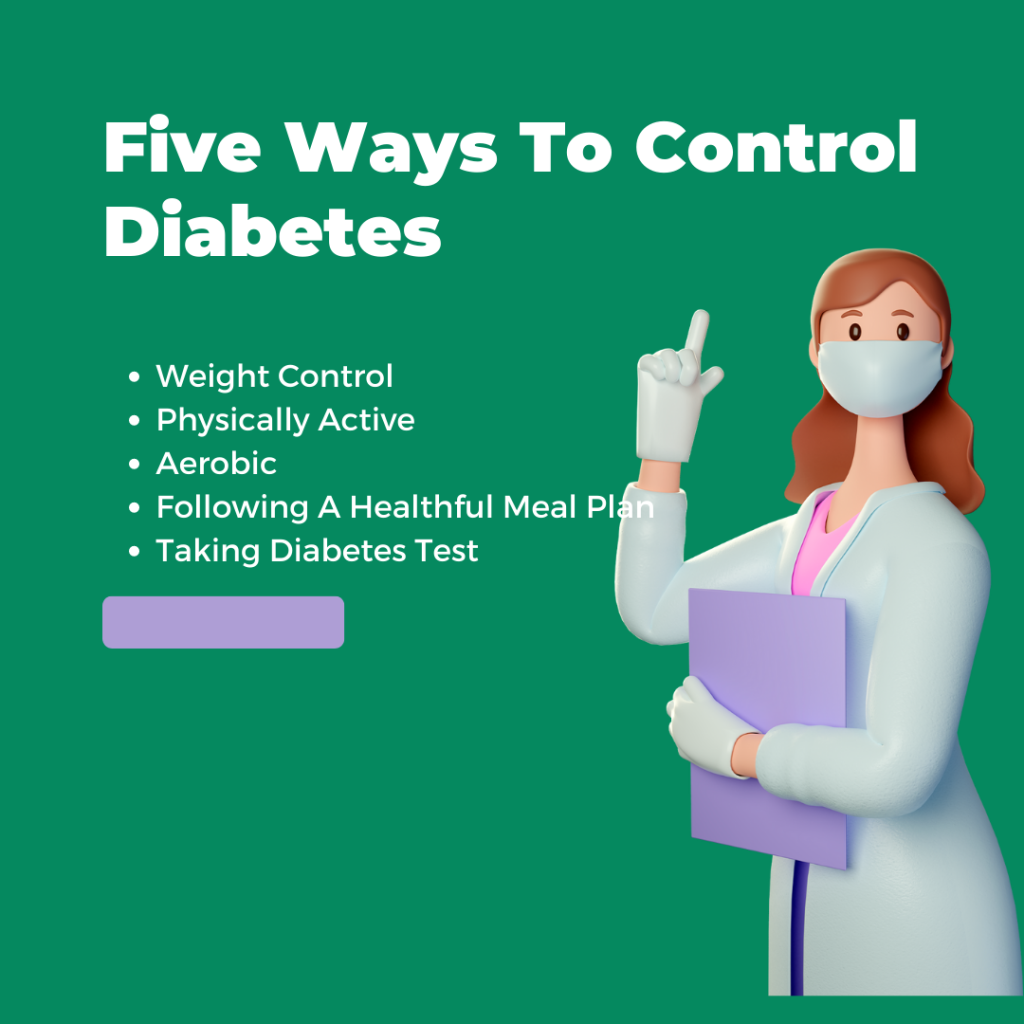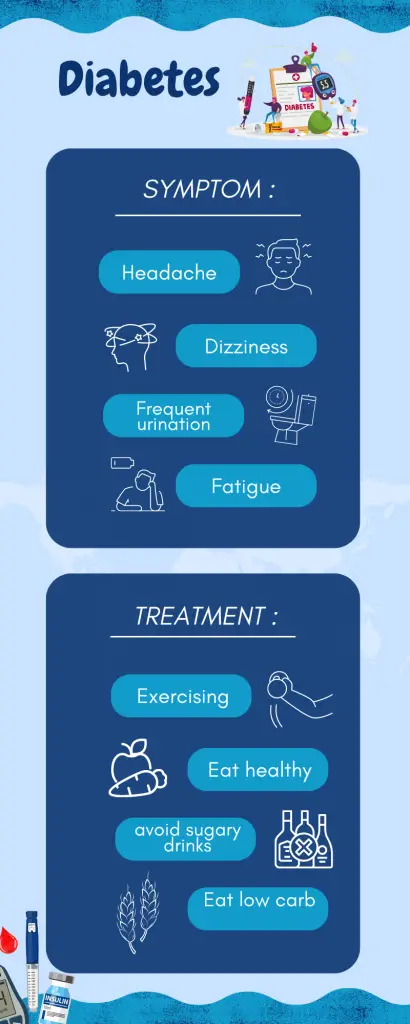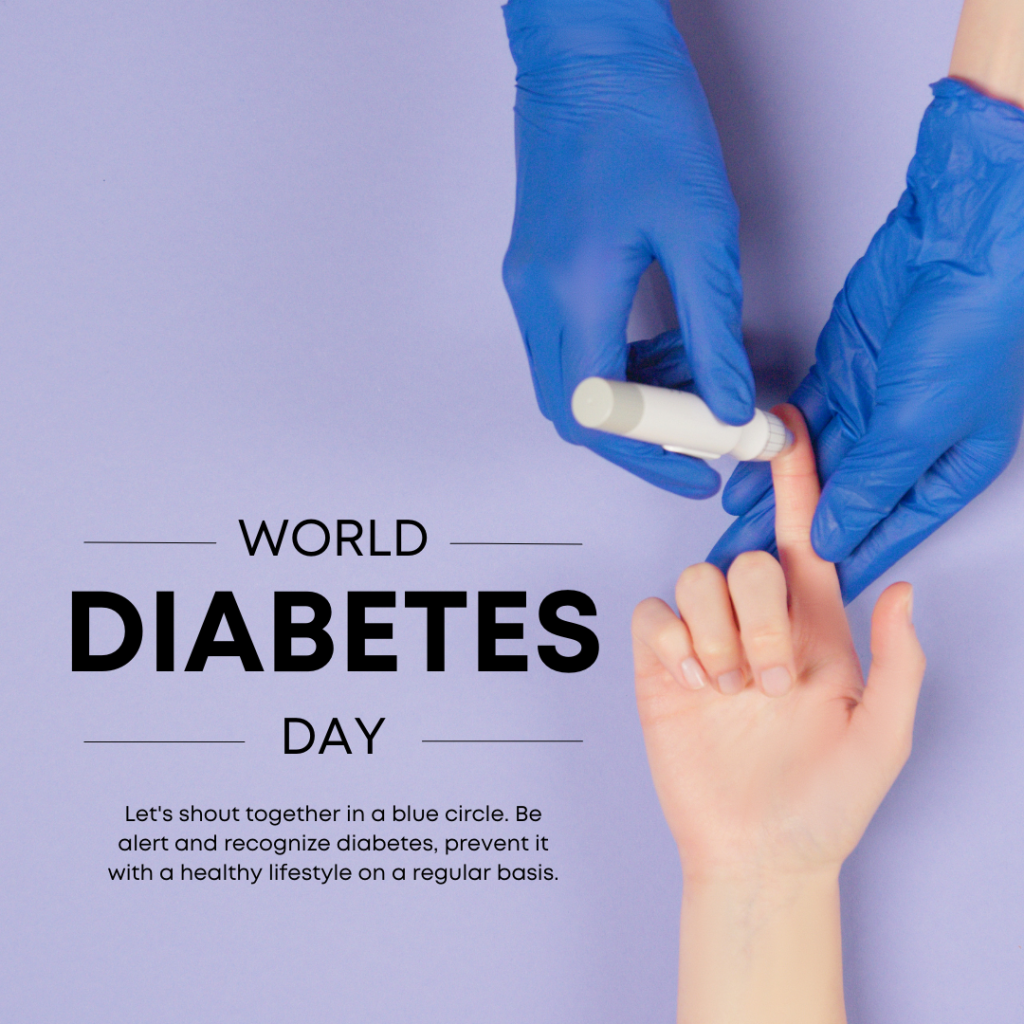What are Kussmaul’s Respirations?
Kussmaul’s respirations, named after the renowned German physician Adolf Kussmaul, are a distinct and remarkable breathing pattern observed in individuals facing specific medical conditions.
This pattern is characterized by deep, rapid, and labored inhalations and exhalations, setting it apart from the typical breathing rhythm.
One of the significant associations with Kussmaul’s respirations is metabolic acidosis, a condition that arises when the body accumulates an excessive amount of acid. This occurrence can be attributed to a range of factors, including but not limited to uncontrolled diabetes.
Kussmaul’s Respirations: Diabetic ketoacidosis
When metabolic acidosis manifests, the body’s delicate balance is disrupted, leading to an abnormal increase in acid levels that can have severe consequences if left untreated.
Understanding the connection between Kussmaul’s respirations and metabolic acidosis is crucial for healthcare professionals in accurately diagnosing and managing these conditions, ultimately ensuring the well-being and health of affected individuals.

What Makes Diabetics Have Kussmaul’s Respirations?
When a person with diabetes experiences Kussmaul’s respirations, it is typically a result of a condition called diabetic ketoacidosis (DKA).
Let’s understand the connection between diabetes, Kussmaul’s respirations, and the acid-base balance in a simple and easy-to-understand way.
In our bodies, we have a delicate balance of acids and bases, just like a seesaw.
This balance is important for our overall health and functioning. However, in individuals with uncontrolled diabetes, the balance can get disrupted.
When someone has diabetes, their body may not have enough insulin or may not use it effectively.
Insulin is a hormone that helps regulate the amount of sugar (glucose) in our blood. Without enough insulin, the body cannot use glucose for energy properly.
When glucose cannot be used, the body starts breaking down fats for energy instead. This process produces substances called ketones as byproducts. Normally, our body can handle small amounts of ketones, but when they build up excessively, it can lead to trouble.
The high levels of ketones in the blood create a condition called diabetic ketoacidosis (DKA). The presence of ketones makes the blood more acidic, like adding too much lemon juice to a drink. This disrupts the delicate acid-base balance in our bodies.
Now, here’s where Kussmaul’s respirations come into play. Our bodies have a clever way of trying to restore balance when there is too much acid. One of the ways is through breathing. When we breathe in, we take in oxygen, and when we breathe out, we release carbon dioxide.

To compensate for the increased acid levels caused by DKA, the body starts breathing faster and deeper.
This helps eliminate excess carbon dioxide, which in turn helps decrease the acidity in the blood.
The deep, rapid, and labored breaths characteristic of Kussmaul’s respirations are the body’s way of trying to restore the acid-base balance.
It’s important for people with diabetes to manage their blood sugar levels carefully to avoid DKA and the associated Kussmaul’s respirations.
Regular monitoring, taking prescribed medications (such as insulin), following a proper diabetes management plan, and seeking medical help when needed are essential for maintaining a healthy balance in the body and preventing complications.
Remember, keeping the seesaw of acids and bases in balance is crucial for our overall well-being, and taking care of diabetes helps keep that balance in check.
Signs and Symptoms of Kussmaul’s Respirations
The signs and symptoms of Kussmaul’s respirations can vary, but they generally include the following:
- Deep, rapid, and labored breathing: Kussmaul’s respirations are characterized by a pattern of deep, rapid, and exaggerated inhalations and exhalations. The person may appear to be breathing heavily or gasping for air.
- Shortness of breath: Due to the rapid and intense breathing pattern, individuals with Kussmaul’s respirations may experience a sense of breathlessness or difficulty catching their breath.
- Increased heart rate: The body’s response to metabolic acidosis and the compensatory breathing can lead to an elevated heart rate. This can manifest as a faster-than-normal pulse.
- Fruity-smelling breath: In cases where Kussmaul’s respirations are associated with diabetic ketoacidosis (DKA), the breath may have a distinct fruity or sweet smell. This odor is caused by the presence of ketones in the breath.
- Fatigue and weakness: The metabolic imbalances and acidosis associated with Kussmaul’s respirations can cause general fatigue, weakness, and a feeling of exhaustion.
- Abdominal pain and nausea: In some cases, individuals may experience abdominal discomfort or pain, often accompanied by feelings of nausea or vomiting. These symptoms can be associated with the underlying condition causing Kussmaul’s respirations, such as diabetic ketoacidosis.

It’s important to note that these signs and symptoms may vary depending on the underlying cause and individual circumstances.
If you or someone you know is experiencing these symptoms, seeking medical attention is essential for proper evaluation and diagnosis.
Healthcare professionals can assess the situation, determine the underlying cause, and provide appropriate treatment to address Kussmaul’s respirations and any associated conditions.
How Are Kussmaul’s Respirations Diagnosed?
The diagnosis of Kussmaul’s respirations involves a healthcare professional assessing a person’s symptoms, medical history, and performing certain tests.
Let’s break it down in an easy-to-understand way.
When someone exhibits signs or symptoms that suggest Kussmaul’s respirations, a healthcare professional, such as a doctor, will evaluate the situation.
They will listen to the person’s breathing and look for specific characteristics, such as deep, rapid, and labored breaths.
The doctor will also ask about the person’s medical history, including any known conditions like diabetes or kidney problems. This information helps in understanding the context and potential causes.
To confirm the presence of Kussmaul’s respirations and determine the underlying cause, the healthcare professional may order additional tests. These tests may include:
- Blood tests: By analyzing a blood sample, the doctor can assess the acid-base balance and measure the levels of substances like glucose and ketones. This helps in identifying if there is an underlying condition, such as diabetic ketoacidosis.
- Urine tests: Urine samples may be collected to check for the presence of ketones. This helps in evaluating the severity of metabolic acidosis and provides further evidence of conditions like DKA.
- Electrocardiogram (ECG): An ECG measures the electrical activity of the heart. It helps identify any irregularities in the heart rhythm that may be associated with Kussmaul’s respirations or its underlying causes.
By combining the person’s symptoms, medical history, and the results of these tests, the healthcare professional can make a diagnosis of Kussmaul’s respirations and determine the underlying cause, such as diabetic ketoacidosis.

How are Kussmaul’s Respirations Treated?
The treatment of Kussmaul’s respirations focuses on addressing the underlying cause, such as managing the condition that is causing metabolic acidosis. Here are some general approaches to treating Kussmaul’s respirations:
- Address the underlying condition: The primary goal is to treat the underlying cause of Kussmaul’s respirations. For example, if the cause is diabetic ketoacidosis (DKA), treatment may involve insulin therapy to regulate blood sugar levels and restore acid-base balance.
- Rehydration: In cases of DKA or other conditions causing Kussmaul’s respirations, intravenous fluids may be administered to restore hydration and correct electrolyte imbalances.
- Electrolyte replacement: Imbalances in electrolytes, such as potassium and sodium, are common in individuals with Kussmaul’s respirations. Proper electrolyte levels may be restored through medication or intravenous supplementation.
- Close monitoring: Healthcare professionals will closely monitor vital signs, blood glucose levels, acid-base balance, and electrolyte levels to ensure appropriate treatment and progress.
- Oxygen therapy: In severe cases where oxygen levels are low, supplemental oxygen therapy may be provided to support adequate oxygenation.
- Comprehensive care: Treatment may also involve a multidisciplinary approach, including the involvement of healthcare professionals such as endocrinologists, pulmonologists, or critical care specialists, depending on the underlying condition.
Prevention Strategies
Prevention strategies for Kussmaul’s respirations focus on addressing the underlying conditions that can lead to this breathing pattern. Here are some general prevention strategies:
- Diabetes management: For individuals with diabetes, maintaining good control of blood sugar levels is crucial. This involves regularly monitoring blood glucose levels, following the prescribed diabetes management plan, taking insulin or other prescribed medications as directed, and making lifestyle modifications such as adopting a healthy diet and engaging in regular physical activity.
- Prompt medical attention: If you have diabetes or any other condition that can potentially lead to Kussmaul’s respirations, it’s important to seek prompt medical attention if you experience symptoms such as persistent high blood sugar, fruity-smelling breath, or signs of dehydration. Early detection and treatment of conditions like diabetic ketoacidosis can help prevent the development of Kussmaul’s respirations.
- Medication adherence: If you have been prescribed medications to manage a condition associated with Kussmaul’s respirations, such as insulin or other medications for diabetes, it is important to take them as directed by your healthcare provider. Adhering to the prescribed medication regimen helps maintain proper control of underlying conditions and reduces the risk of metabolic imbalances.
- Regular check-ups: Routine medical check-ups and follow-ups with your healthcare provider are important for monitoring your overall health, managing chronic conditions, and detecting any potential issues early on. Regular check-ups allow for timely adjustments in treatment plans if needed.
- Education and self-care: Educating yourself about your specific medical condition and understanding its potential complications can empower you to take proactive steps in managing your health. This includes learning about warning signs and symptoms that may indicate the need for medical attention, as well as adopting healthy lifestyle habits such as maintaining a balanced diet, staying hydrated, and getting regular exercise.
It’s important to note that prevention strategies may vary depending on the underlying condition causing Kussmaul’s respirations.
Conclusion
In summary, Kussmaul’s breathing is a critical warning sign of ketoacidosis, a serious condition that can be life-threatening if not treated promptly.
This unusual breathing pattern is deep, labored, and fast. If you notice yourself or someone else experiencing Kussmaul’s breathing, it’s crucial to get medical help right away.
Related Articles
Recommended stethoscope for nurses
Can you overdose on magnesium supplements
Can nasal congestion cause high blood pressure?
My name is Phyllis Robinson MSN, RN. I have been a Registered Nurse for 27 years in the Cardiac Intensive Care Unit. I am passionate about cardiac care and heart disease. I also want this blog to be an educational tool that people can refer to for traditional and alternative treatment. I will blog on heart disorders such as high blood pressure, congestive heart failure, cardiomyopathy, and high cholesterol.
I received my Nursing degree from Baltimore Community College.
I went on to receive my Masters in Nursing from Walden University
I have worked for almost 30 years in Critical Care with a focus on heart health. I am an advocate of preventive healthcare.

